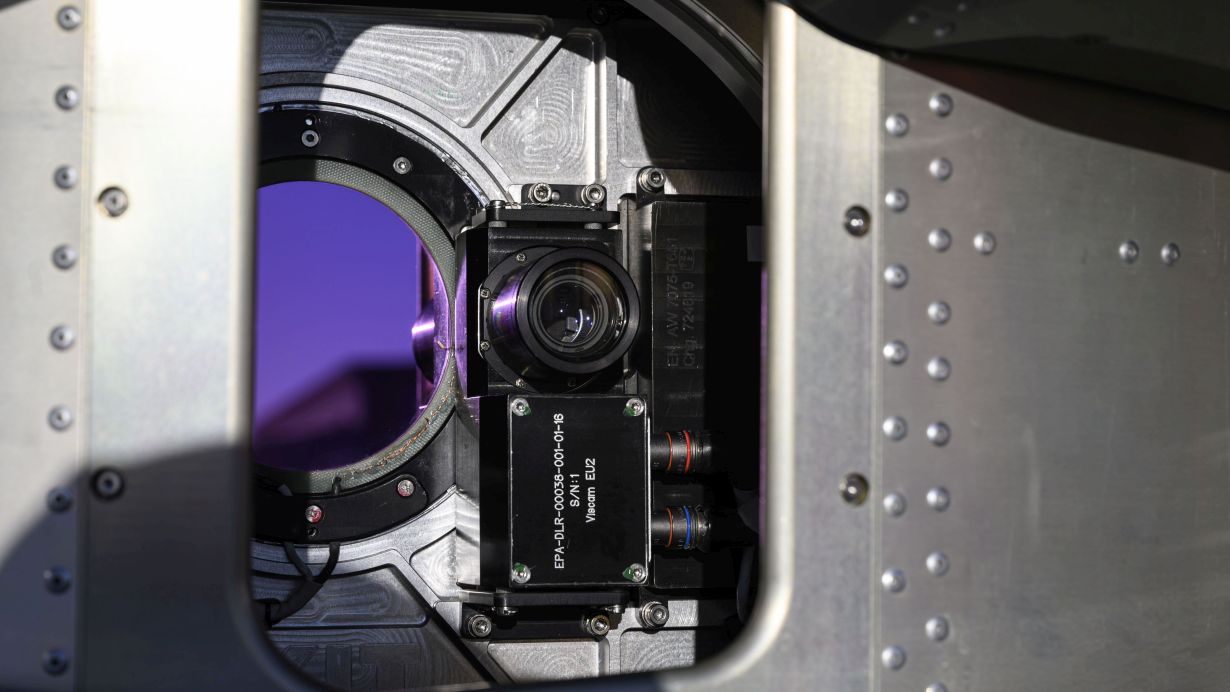CAIRT mission, with the participation of the IAA-CSIC, candidate for ESA's Earth Explorer 11 programme
CAIRT, in whose scientific design the Institute of Astrophysics of Andalusia (IAA-CSIC) has participated, is among the four proposals selected by the European Space Agency for the feasibility study of the Earth Explorer programme. The mission will focus on processes combining atmospheric circulation, composition, space weather and regional climate change, and will provide critical observations not available with existing or planned satellites
Greenhouse and pollutant gases, as well as gases from natural phenomena such as volcanic eruptions, have an impact on the Earth's atmosphere. Studying these processes in detail is the aim of the CAIRT satellite concept, developed by a scientific group led by the Karlsruhe Institute of Technology (KIT) and involving the Institute de Astrophysics of Andalusia (IAA-CSIC). The European Space Agency has selected CAIRT as one of the four candidates for its next scientific Earth observation mission. After pre-feasibility studies of the four proposals, only one will be selected in 2025, and then launched as Earth Explorer 11 in 2031 or 2032.
“We know that the atmosphere is a coupled system: processes acting in its upper regions can influence weather and climate near the surface and vice versa", says Bernd Funke, a researcher at the Institute de Astrophysics of Andalusia (IAA-CSIC) who is part of the mission's science team. “CAIRT will be the first mission to observe the entire atmosphere from the top of the clouds at about five kilometres to the lower thermosphere at about one hundred and fifteen kilometres, thus providing an unprecedented opportunity to study the atmospheric coupling in a holistic way”.
CAIRT, short for The Changing-Atmosphere Infra-Red Tomography Explorer, aims to provide the observations needed to study the important changes taking place in the global atmosphere, as well as the underlying processes. For example, CAIRT will unravel the potential impacts of space weather on regional surface climate by tracking chemical changes caused by precipitation of charged particles in the upper atmosphere and dynamically induced perturbations up to the troposphere.
Understanding changes in atmospheric composition is essential as they affect, along with changes in circulation, climate and air quality. CAIRT will provide data to understand how these changes in circulation, essentially produced by greenhouse gases and critically related to the recovery of the ozone layer, can affect, for example, temperatures at the Earth's surface, droughts or extreme precipitation events.

TOMOGRAPHY OF THE EARTH'S ATMOSPHERE
CAIRT will use innovative technology to address key climate change questions. Its core contains an infrared imaging spectrometer that can measure a wide range of trace gases, aerosols and atmospheric waves with unprecedented spatial and temporal resolution.
"Thanks to its imaging capability, CAIRT will be able to provide 3D tomographic images of very small atmospheric structures with astonishing spatial resolution. In particular, the propagation of small-scale waves, the so-called gravity waves that are produced by topography, convection, or weather fronts in the lower atmosphere: they can be tracked with CAIRT down to the mesopause, at about eighty-five kilometres, where they break up and force large-scale motions of the entire atmosphere. These small-scale waves are very difficult to model and currently represent the main source of uncertainty in current climate models", concludes Funke (IAA-CSIC).
Instituto de Astrofísica de Andalucía (IAA-CSIC)
Unidad de Divulgación y Comunicación
Silbia López de Lacalle - sll[arroba]iaa.es - 958230676
https://www.iaa.csic.es
https://divulgacion.iaa.csic.es

